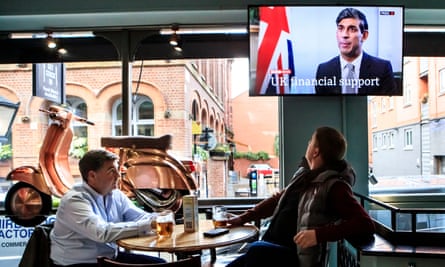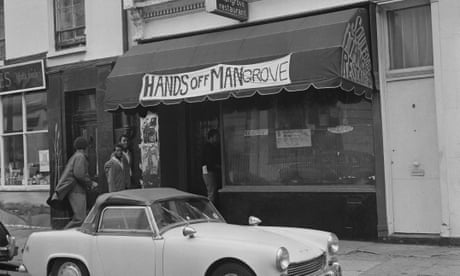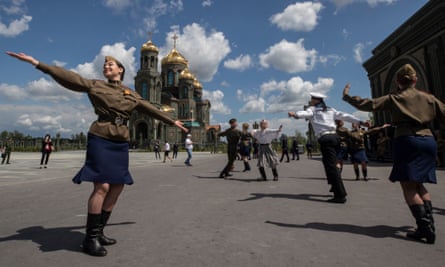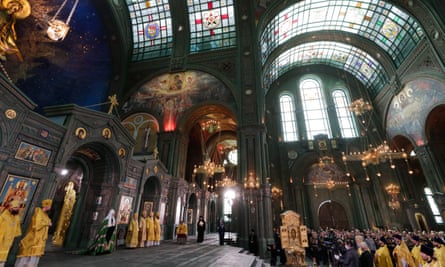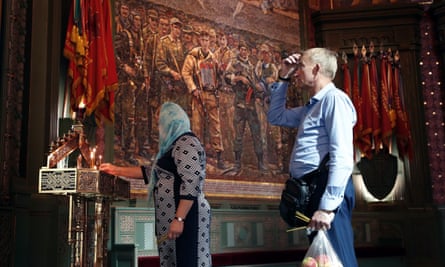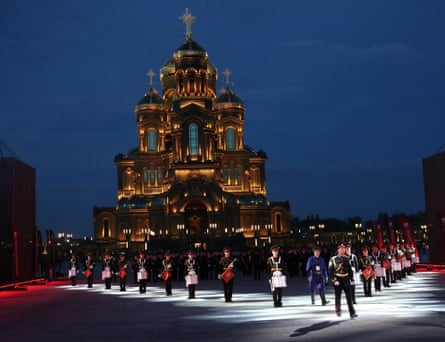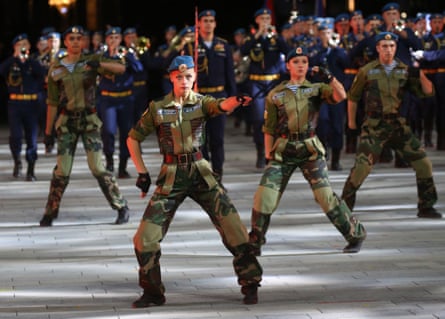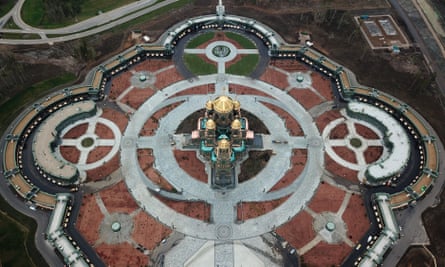Campaigners say sale of drugs should be nationalised to undermine organised crime

Henry McDonald
Tue 20 Oct 2020
Cocaine, ecstasy and amphetamines should be “nationalised” and sold legally in government-run pharmacies to undermine global drug-related crime, a UK drugs reform charity has recommended.
In a book – with a foreword written by the former prime minister of New Zealand Helen Clark – the drugs liberalisation campaign group Transform has sought to set out practical ways to sell the drugs in state-run special pharmacies as an alternative to what it calls the “unwinnable war against drugs
The book includes a mock-up of what a packet of legal, prescription cocaine would look like, including health warnings, which Transform said could be sold over the counter by specially trained chemists.
The book proposes that a specialist regulatory agency, overseen by the government, could license production of the drugs.
Only a single adult use dosage of the drugs would be available in unbranded pharma-style plain packaging with highly visible health warnings and risk information. The new regulatory agency would determine prices and there would be a ban on advertising the drugs.
The sale would be managed by a state monopoly to minimise profit incentives, which Transform said would only increase sales. Specialist new pharmacies would open under strict controls with vendors trained to offer health and risk-reduction advice to drug users.
The book’s authors stressed that sales should be limited to over-18s, with only one dose per purchase.
Transform’s chief executive, Dr James Nicholls, said the book’s practical suggestions offered a way out of a war on drugs that had failed for more than 50 years. “Our proposals would take drug supply away from organised crime groups, creating a system that reduces harm rather than increasing it. The status quo can’t continue,” he said.
The father of two sons who both died on the same night from adulterated ecstasy supported the move towards a nationalised, publicly controlled supply system for the three stimulant drugs.
Ray Lakeman, a campaigner with Anyone’s Child: Families for Safer Drug Control said: “It’s time to accept drug use happens and find ways to make it safer. I hope this book helps make those reforms a reality.”
In the foreword, Clark writes: “As consensus grows that the ‘war on drugs’ has failed, so does the need for a frank exploration of the alternatives … It is essential that we begin a serious discussion on how we regulate stimulants.”
Asked whether there were any moves to reconsider the law on drugs such as cocaine, ecstasy and amphetamines, a Home Office spokesperson said: “Absolutely not.”
The Home Office spokesperson added the government remained opposed to legalising cannabis “because it is detrimental to health and mental health”.
• This article was amended on 20 October 2020. An earlier version incorrectly stated that the Transform campaign was backed by the former president of Colombia Juan Manuel Santos. The credit for the main image caption was also updated.


